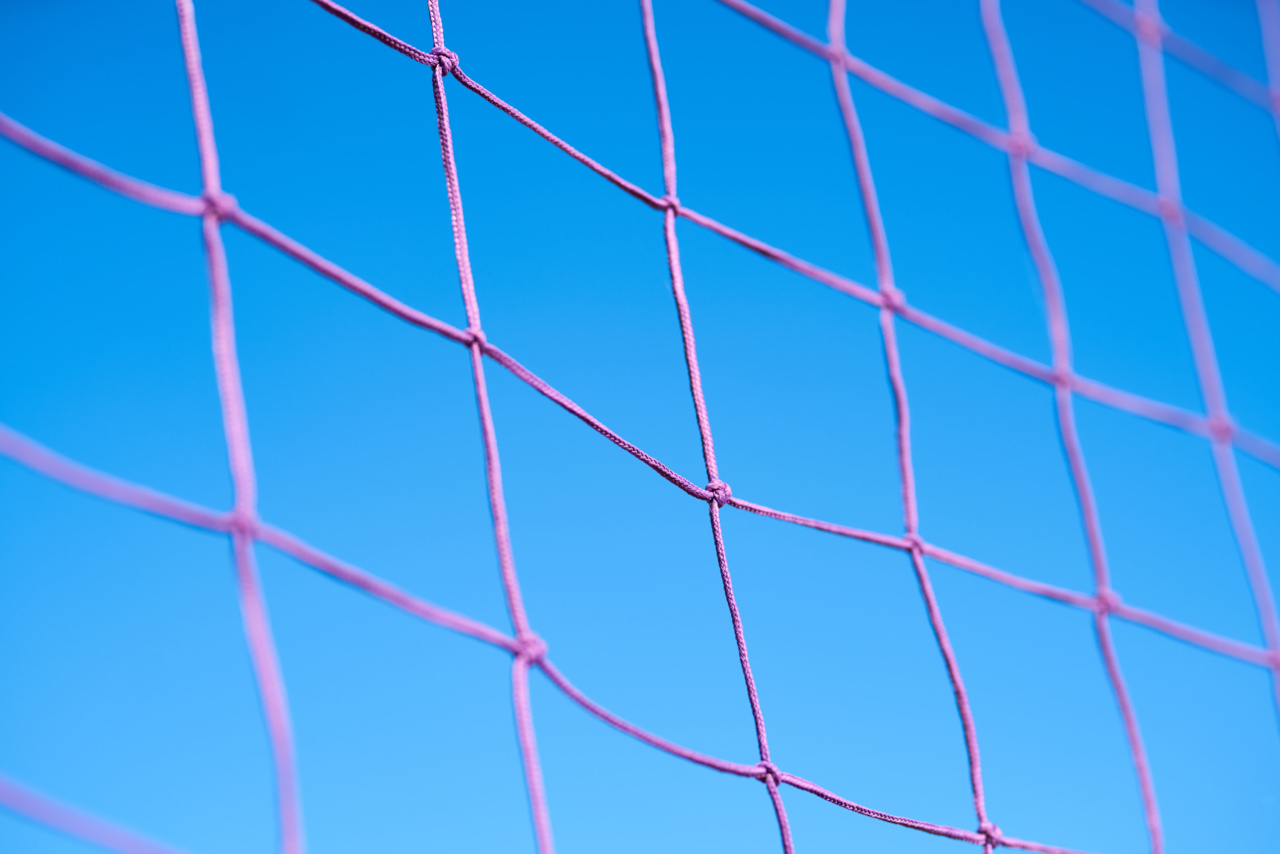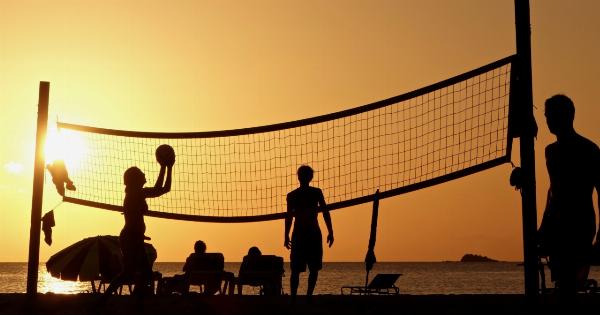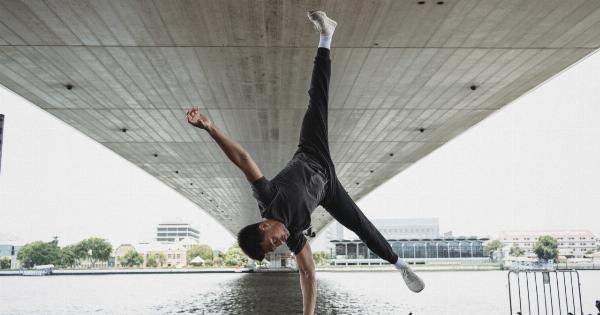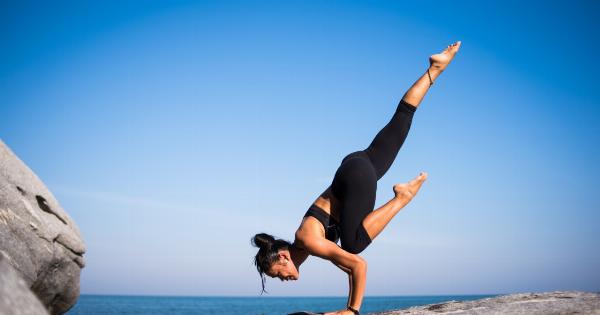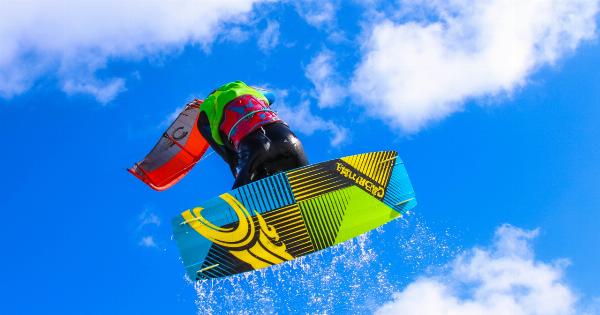Beach volleyball is a fun and exciting sport that allows you to enjoy the sun, sand, and waves while staying active. However, like any other physical activity, there is always a risk of injury.
To ensure a safe and enjoyable game, here are some tips on how to protect yourself from beach volleyball injuries.
1. Warm Up Properly
Warming up is crucial before engaging in any physical activity, including beach volleyball. It helps increase blood flow to your muscles, making them more flexible and less prone to injury.
Start with some light cardiovascular exercises like jogging or jumping jacks to get your heart rate up. Follow this with dynamic stretches, such as high knees and lunges, to warm up your leg muscles.
2. Wear Appropriate Footwear
Choosing the right footwear is essential for any sport, including beach volleyball. Opt for shoes that provide good arch support, stability, and traction.
Sand-specific shoes with specialized soles designed to grip sandy surfaces can greatly reduce the risk of slipping and ankle injuries. Avoid playing barefoot, as this exposes your feet to potential cuts, scrapes, and infections.
3. Use Sunscreen and Stay Hydrated
Being out in the sun for an extended period can lead to sunburn and dehydration. Apply a broad-spectrum sunscreen with SPF 30 or higher to all exposed skin, including your face, neck, arms, and legs.
Reapply every two hours or more frequently if you’re sweating excessively. Additionally, make sure to drink plenty of water before, during, and after your beach volleyball session to keep yourself hydrated.
4. Master Proper Technique
Learning and mastering proper volleyball techniques is crucial to minimize the risk of injuries. Enlist the help of a coach or join a volleyball clinic to ensure you’re using the correct form when serving, setting, spiking, and blocking.
Using the proper technique not only enhances your performance but also reduces the strain on your muscles, joints, and ligaments.
5. Take Breaks and Listen to Your Body
Overexertion and fatigue can increase your risk of injury. Take regular breaks during your beach volleyball game to give your body time to rest and recover.
If you start feeling pain, discomfort, or fatigue, listen to your body’s signals and take a break. Pushing through pain can lead to more severe injuries and longer recovery times.
6. Strengthen Your Core and Lower Body
A strong core and lower body play a vital role in your stability and balance during beach volleyball. Incorporate exercises that target your core muscles, such as planks and Russian twists, into your regular workout routine.
Strengthening your lower body through exercises like squats, lunges, and calf raises can improve your jumping power and agility.
7. Avoid Volleyball in Extreme Weather Conditions
Playing beach volleyball in extreme weather conditions, such as high winds, thunderstorms, or scorching heat, can be dangerous. Strong winds can affect the trajectory of the ball, making it unpredictable and increasing your risk of getting hit.
Thunderstorms pose the risk of lightning strikes, while excessive heat can lead to heat-related illnesses. Check the weather forecast before heading out and avoid playing volleyball if the conditions are unfavorable.
8. Use Protective Gear
Consider wearing protective gear to minimize the risk of injuries. Elbow and knee pads can provide extra cushioning and protect your joints from impact and abrasions.
Wearing sport-specific eyewear can shield your eyes from sand and potential impact from the ball. Additionally, wearing a mouthguard can prevent dental injuries in case of accidental collisions or falls.
9. Be Mindful of Your Playing Environment
Ensure that your playing area is safe and free of any potential hazards. Remove any sharp objects, rocks, or debris that might cause injuries if stepped on or fallen upon.
Avoid playing too close to the waterline to reduce the chances of twisting an ankle or getting swept away by waves. Be mindful of other players on the court, communicating and cooperating to avoid collisions.
10. Cool Down and Stretch
After your beach volleyball session, cool down with some light exercises followed by stretching. This helps prevent muscle tightness and reduces the risk of post-activity soreness.
Incorporate static stretches for all major muscle groups, holding each stretch for 20-30 seconds. This will aid in the recovery process and improve flexibility over time.
